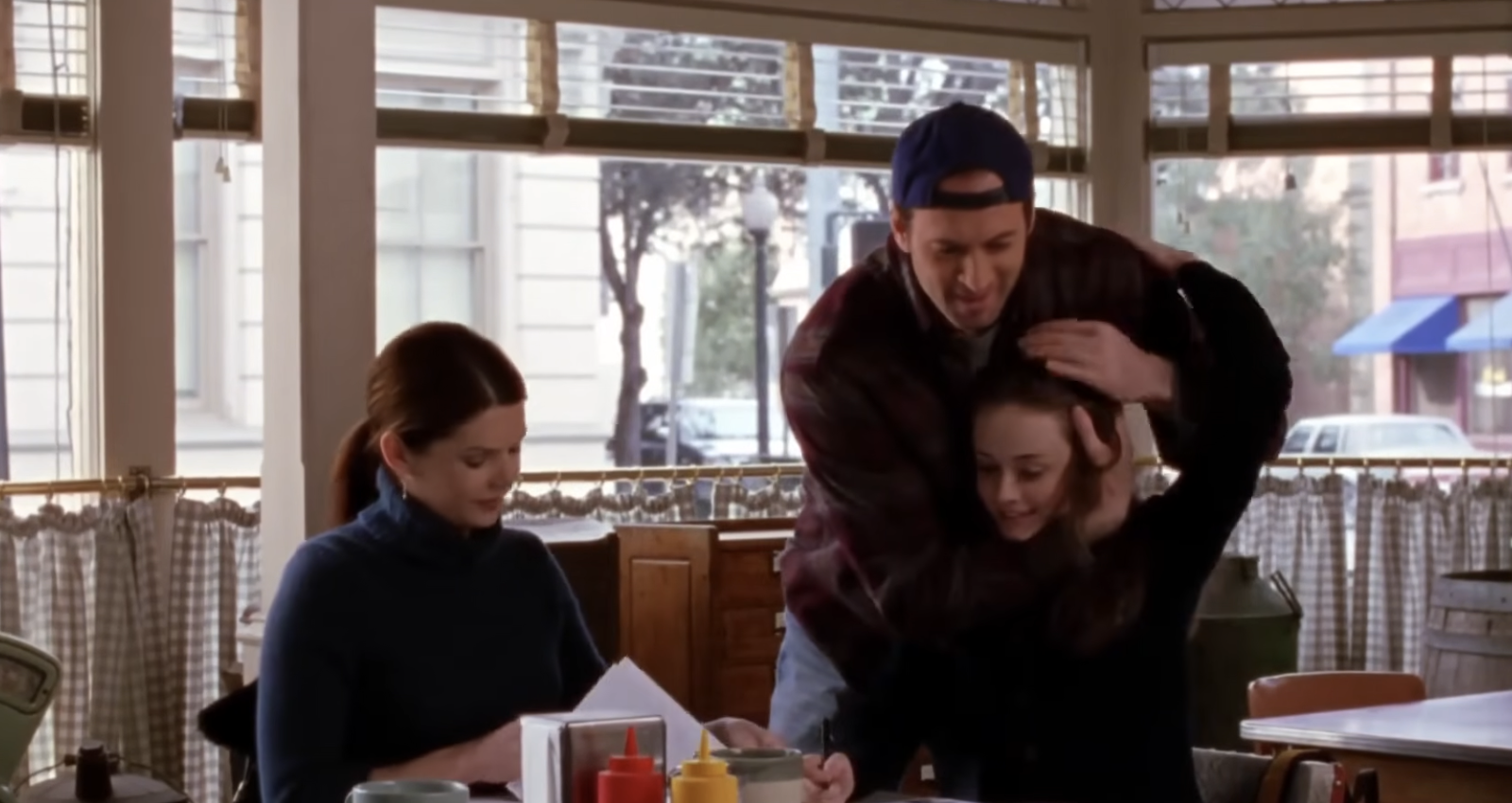essays
The Novellaist: At the Mountains of Madness, H. P. Lovecraft

THE NOVELLAIST on:
At the Mountains of Madness
By H. P. Lovecraft
Various editions, including several free online

In honor of the continual freezing of the cat’s water, I’m holding off on reviews of a Jean-Christophe Valtat novella in order to return to a hypnotically grim novella from my youth that I read periodically. Most recently, I’ve enjoyed this text for exactly the pleasures of unraveling the structure of the novella, one which can seem intentionally awkward — the multiple elaboration of a single “what happened?” moment, a moment of sublime WTF-ness — of cosmic vertigo…
Lovecraft’s classic tale of Antarctic science-terror, At the Mountains of Madness, follows geologist Dyer and his team of experts — including Pabodie, the engineer, Lake, the biologist, and Danforth, the neurasthenic youth — as they traipse across our southernmost continent, taking bores of ancient strata of rock. Sane men going insane in an utterly blank terrain.
Early on, Lake sees a set of inexplicable triangular tracks in the rocks and eventually sets off to lead a small team further inland, arriving at a previously undiscovered and incredibly tall mountain range in the wild land’s heart. There, Lake finds an aeon-spanning cave, from which he recovers the desiccated bodies of several radially symmetric, many-tentacled, starfish-headed, half-vegetable, man-sized beings — the aliens who left the strange tracks, millennia ago.
Lovecraft’s vision of an other world within our own world is not fantasy, nor the type of “gee-whiz, wouldn’t that be somethin!” science fiction in which the latest not-even-practical-enough-to-merit-being-called-an-advance “advances” are spun forward into fabulous new iterations. Lovecraft builds his fiction with meticulous attention to the natural world. (Remember this, the material/real basis of his fiction.) For example, consider Dyer’s ecstatic and strange-sounding but ultimately scientific take on Lake’s finding of the cave, in which we don’t need a single element of the supernal or otherworldly:
This was my first word of the discovery, and it told of the identification of early shells, bones of ganoids and placoderms, remnants of labyrinthodonts and thecodonts, great mosasaur skull fragments, dinosaur vertebrae and armor plates, pterodactyl teeth and wing bones, Archaeopteryx debris, Miocene sharks’ teeth, primitive bird skulls, and other bones of archaic mammals such as palaeotheres, Xiphodons, Eohippi, Oreodons, and titanotheres.
Our “what happened,” novella-pinioning moment comes when Dyer and Pabodie catch up to Lake’s forward team only to find them dead, dead to the dog: The energetic professor, the generically “sailory” Scandinavian sailors, the unnamed academic assistants, and the sled huskies — all have been gruesomely murdered. Tins of food eaten all at once; scientific manuals and gear stolen; human bodies curiously dissected… Further, the more incomplete of the half-vegetable monsters have been buried, their graves marked with this “dot patterns” which seem to us immediately to be an alien braille. And the rest of the alien specimens are missing…
The novella proceeds out of this event with force: A deadly mystery is somewhere out there, in the howling freezing wind, and Dyer is going to solve it. He has the analytical mind and skills to do so; he represents positive–scientific Man in toto, able to answer any question — even if knowing the answer is far worse than dwelling in ignorance. Thus the central question is a gimme — we know Dyer will solve the mystery. We’re reading, in this novella as in every, to find out what this process means, to live the process and thus experience with Dyer the horrors of success.
With methodical, elegant prose, Lovecraft satisfies: Dyer grabs his trusty assistant Danforth and flies over the mountains, finding beyond them a city of pre-human design — pentagonal pagodas and labyrinthine underground malls, needle-pointed minarets and starfish-shaped terraces, great quincunx towers and black stone galleries. This is the miles-wide city of “the Old Ones,” as is explained via the aliens’ frescoes, which somehow convey pictorially the entire history of their species. (Remember: Dyer is really smart. Or, better: Lovecraft knows we are impatient readers, that we are looking to find in all this the human significance, the catharsis owed to us by the shock of dread on Lake’s cold dead face, his guts ripped open and carefully indexed by inhuman hands…)
The discovery of the Old Ones, however, is not the novella’s big surprise; it only sets up that there is a bigger surprise, a deeper meaning to the “what happened.” The Old Ones are not enough; no “ancient little green men story” will be enough. Each has the same shape: Aliens came to earth, seeded life here, battled other aliens, died mysteriously. They derive in part from Lovecraft, but the master of the genre does them one better here, in the genre’s originally masterful iteration: He gives the Old Ones a foil so much worse, so much less human, that we fear not the return of the little green men, ancient astronauts, but of what laid them low — and of what we ourselves may one day create — of our human pride mirrored in the techno-fantastic Old Ones.
For the Old Ones, like us, desired to control nature, to extend their reign into every sea and onto every land, and so they engineered a race of “plastic,” shape-able creatures — the shoggoths, who in their native state are noxious, floating spheroid masses of black, oily eyes. These are Lovecraft’s most monstrous and most memorable children: The shoggoths are the ultimate iteration of Frankenstein’s monster, of the inhuman-humanoid, the homunculus/simulacrum that man creates to serve him but cannot control. They are, ironically (Lovecraft was notoriously racist, even for the 1920s), golems: But where the original golem and even Frankenstein’s monster are elements in moral tales, capable of both good and evil, capable of learning from humanity, the shoggoths are changelings, capable only of distorting, over time, the intentions of their masters — of learning, via imitation, only the language and culture of their masters, which they darkly reflect.
And yet… The shoggoths — who murder the Old Ones awoken by Lake, who chase Dyer and Danforth out of the lost city, back to their plane — are perhaps themselves not the final center of the “what happened.” The shoggoths, like their creators, are remnants of an earlier time, living ghosts. They can be dispelled by modernity, by simply fleeing the lost city. But the fear of what they represent cannot be so easily shaken. The simple human insanity of “young” Danforth (always “young”) comes closest to providing an ultimate surprise and answer, in the final pages of the novella, when we know that Dyer has escaped.
For even if the basis of the horror of the shoggoths is material (i.e., they are “real” monsters — not supernal, merely post-human in their technology), this horror cannot be communicated directly, but only via the reactions of Dyer and Danforth, both of whom are uncommonly sensitive, as are all Lovecraftian heroes. Hence the most horrifying perspective on Lake’s death and the aliens’ existence is not the deaths of men and dogs, not the discovery of the Old Ones, not even the immediate threat of the “plastic organs” of the hateful shoggoths, but the fact that Dansforth realizes the truth as no one else on earth does. He is utterly alone, and even Dyer does not want to think about what has happened; did not see whatever last horror Danforth saw; cannot face the fact that man himself would use the shoggoths if he could, even if their existence is an aberration of space and time sufficient to threaten life on earth.
The “what happened” (the deaths of Lake and his men; the awakening of the Old Ones) is in some ways fully incarnated or explained or brought into the larger world both by
1) Danforth’s madness — his solitude and inability to deny or rationalize the horror of the shoggoths — and
2) the last thing he sees, which Dyer is not even sure that Danforth has truly seen:
As Dyer and his assistant flee the shoggoth that has killed the Old Ones they were trailing, the younger man turns and sees something as he runs, like Lot (Lovecraft makes this comparison), like Orfeo — and then he begins to mumble the names of Boston subway stations. This second image, a litany of signs-of-home, signs-of-modernity, is almost, at first, beyond analysis; it does not add directly to the shoggoths’ horror until we consider again the description of the galleries of the Old Ones… We arrive at the final mental turn at the same time as Dyer:
The shoggoth — a vile black blizzard of eyes and oil, expanding and growing whatever fangs and tentacles and saws it wants and emitting a dreadful, choking mist of excrement — filling the high arched gallery out of which the humans are escaping — reminds Danforth of an oncoming subway. It is the association of the human horror, being thrown under an oncoming subway car, with the inhuman horror of the shoggoths that is most horrible; it is the possibility, moreover, that the shoggoths are pre-human and somehow genetically familial to us, that they may have inspired a fear of all tunnels: This is not felt analytically, the way fear of snakes is not an analysis of toxicology, of hemotoxins and neurotoxins, but of imminent threat of death. The fear of the shoggoths is the fear that we know we are not alone in the cosmos, are not most puissant, and have known this all along. The fear that we know our toys will one day overtake us in power and awareness, and against them we will be able to do nothing but bare our throats. Lovecraft, via his heroes’ accidental discoveries, attempts to help acclimate us to these vile truths.
Says Lovecraft-obsessed French novelist Michel Houellebecq in H. P. Lovecraft: Against The World, Against Life:
HPL’s aim was objective terror. A terror unbound from any human or psychological connotations. He wished, as he said himself, to create a mythology that “would mean something to those intelligent beings that consist only of nebulous spiraling gases.”
The terror of At the Mountains of Madness is that the past is never complete, nor intelligible in the way we would like it to be: The dead will not remain dead forever, but their resurrection will be no easy affair. Their mistakes will pullulate, and the living will pay for their hubris. (“The past is never dead, it is not even past” — Faulkner.)
The terror of the novella is that one moment is not one moment, but a node of old-possibilities-closed and new-possibilities-opened, passing through one another impossibly (but too fast to measure) before they generate yet another moment, in which your (human) reaction is already too late, predictable, insufficient…
The terror of writing is that you generally are told you cannot create an enduring, powerful story about a bunch of quasi-characters in Antarctica looking at frescoes, and yet…
-Wythe Marschall can be found here
Cover: At the Mountains of Madness by H.P. Lovecraft. Arkham House, 1964, source http://fantasy-ink.blogspot.com/









